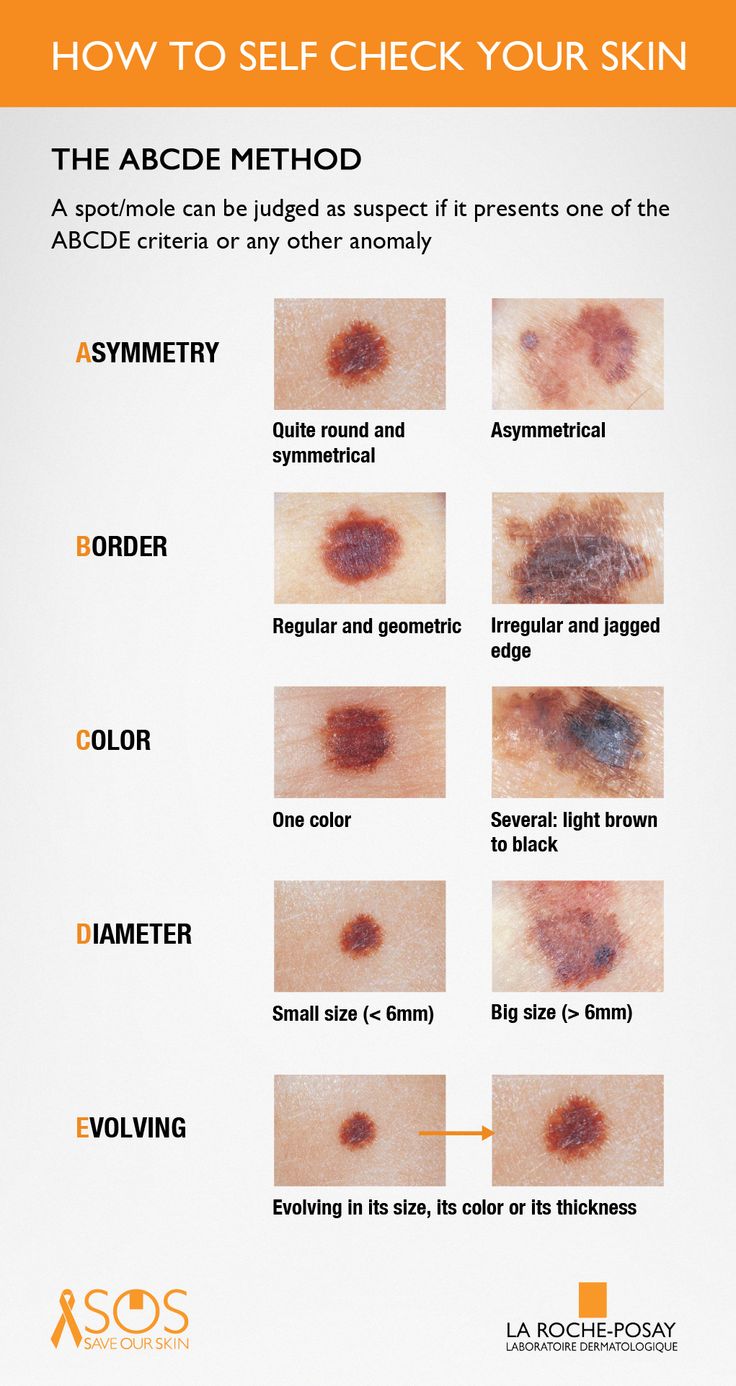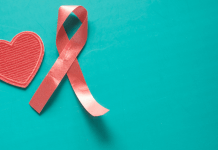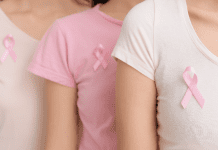To the ‘tweens, teens, and twenty-somethings currently sunning yourself pool-side (or beach side, or in your back-yard) – can we talk? If it’ll better get your attention, pretend I’m a fabulous celebrity. Ok, fine. I’m not Selena Gomez (or whoever is cool and influential these days), but I am a licensed healthcare provider—and a skin cancer survivor—so I know what I’m talking about when it comes to sun safety.
I’ll be the first to admit it: it’s nice to have a tan. Everything looks better with a golden glow. However, too much sun can be a damaging, potentially dangerous thing. Skin cancer is the most common cancer in the United States. Each year, 9,000 people die from melanoma, and that number is expected to increase. Melanoma is also the third most common cancer in people aged 15 to 39. Let that sink in a little.
From a healthcare perspective, these numbers are incredibly alarming—especially since this type of cancer can be prevented. We know that long term sun exposure and damaging sun burns are a major contributing factor. That’s why I want to have this chat with you. I know that you are not at all concerned with your future health and future appearance—nothing bad is going to happen to you, right? But listen—it can, and it might. I’m not telling you to put on an overcoat and hide in your house all summer. I am asking you to do a few things to reduce your risk:
Sunscreen.
I know you know about it. I know you know you should wear it. Now let’s talk about why:
A tan is actually your skin’s response to damage. The sun emits ultraviolet radiation: UVA, UVB, and UVC. Our atmosphere protects us from UVC radiation (for now). UVA is what causes us to tan (and to wrinkle). UVB rays cause our skin to turn red and burn. When these UV wavelengths hit our skin cells, the radiation causes genetic mutations within the cells (which can lead to skin cancer). In an effort to protect itself, the skin cell produces melanin to make the skin darker. Repeated sun exposure causes repeated damage to the cells and can eventually lead to skin cancer. Applied correctly, sunscreen can help protect you from these damaging rays.
- The length of time a sunscreen with a certain SPF (sun protection factor) protects you depends on you. Your protection time is the length of time it takes you to burn without sunscreen times the SPF of the sunscreen. So if you’re wearing a sunscreen with SPF 30, it will take your skin 30 times longer to burn than if you were not wearing any sunscreen. This is relative. Someone with very pale skin and red hair may burn in three minutes without sunscreen while someone with dark hair and brown skin may take 30 minutes. The Skin Cancer Foundation recommends wearing a sunscreen with an SPF of at least 15.
- Make sure your sunscreen protects your skin from both UVA and UVB rays. The sunscreen may be labeled “broad spectrum.”
- Make sure you are using enough sunscreen. You should apply 1 ounce (a shot glass) of sunscreen every 2 hours—more frequently if you are sweating or swimming.
Try NOT to Get a Sunburn.
I don’t think anyone goes to the beach hoping to get a sunburn, but I have heard a number of people say, “I burn once, and then it becomes a good base.” No. Please don’t do this! Your risk of skin cancer increases with each sunburn.
Avoid the Sun at the Heat of the Day.
Experts recommend staying in the shade between 10 am and 4 pm, but even taking a lunch break from 11 am – 1 pm can help reduce your exposure.
Wear a Hat and Glasses.
Again, I know you are not currently worried about wrinkles. I’m sure you will age flawlessly. But trust me. When you get to be my age, you’ll be glad you listened. I’m fair skinned and light eyed. I grew up in very warm climates and had a lot of sun exposure as a child. Like you, in my adolescent years, I spent a lot of time working on my tan. I ran track, which means I spent entire days outside at meets. I got sunburns (and trust me, sports bra tan lines do not go with a strapless prom dress). My parents talked to me about sun safety. I knew the risks, but skin cancer just wasn’t something I was concerned about.
I was 20 when I noticed that the mole on my back had changed. It was pure luck that I was able to even see it. I was in the bathroom changing my uniform shirts between jobs, and there happened to be a mirror on both walls. I remember seeing it and thinking, “Oh, that looks different. I guess I’ll have to get it cut off.” It never even occurred to me that it could be cancerous.
I was fortunate to know the signs of skin cancer. That knowledge may have saved my life. I hope you’ll tuck this information into your memory bank and share it with your friends. To know if a mole is potentially cancerous, we follow the ABC’s:
A = Asymmetry: one half of the mole does not look like the other half
B = Border: the borders of the mole are irregular, scalloped or poorly defined
C = Color: the color varies from one area to another, has shades of tan, brown or black, or is white, red or blue. Patriotism in moles is not cool.
D = Diameter: if the mole is greater than the size of a pencil eraser (6 mm), that can be cause for concern. Melanomas can be smaller.
E = Evolution: the mole changes in size, shape or color—or it looks different than the other moles on your body.
My mole had always been large in diameter and oval shaped, but it was solidly dark brown with smooth, uniform edges. When I noticed the change, it had become asymmetrical, its edges had become irregular and scalloped, and it had black and tan colored spots. Again, fortunately I noticed the change. I thought once it was removed that would be the end of it.
Here’s what really happened: After work, I showed the mole to my parents (who freaked out) and immediately made an appointment for me with a dermatologist. At this appointment, the dermatologist performed a complete skin exam. (I mean complete—every inch of my body was examined—even areas that had never seen the sun). Then, two of my moles were removed—the mole I had noticed on my back and another lesion on my stomach. In general, moles are pretty small. Unfortunately, the amount of skin they had to remove was a lot larger—and then there were stitches. The whole process was embarrassing, painful, and then I had ugly stitches on my stomach and back. But, hey, at least it was over!
Except it wasn’t. My moles were sent to a lab for analysis and were determined to be cancerous. All that extra skin they had taken from around the moles? It wasn’t enough. The “margins were not clear” — so they had to take more skin. This time, the cuts were larger. I had even more stitches, and with the lesion on my back, they had to go pretty deep. It hurt. A lot. And OMG—I had cancer! I was two weeks shy of 21 and I had CANCER.
But I was lucky. This time the margins were clear. The cancer had been completely removed. I was really lucky.
So now, tanning isn’t an option. But that doesn’t mean I can’t rock a pair of white shorts! Just as modern science gave us sunscreen, it has also given us self-tanner. And they’ve come a long way in the past 10 years—no more Oompa-Loompa Orange fake-bake. So instead of adding to my mole and freckle collection, I slather on some color to become (as advertised) a Bronze Goddess. No sun damage—and I don’t have to worry about tan lines!
For a more detailed science lesson and other great resources, visit:
http://www.skincancer.org
https://www.aad.org/public/spot-skin-cancer/learn-about-skin-cancer/types-of-skin-cancer
Results mentioned in this post were reported in:
Weir, H.K., Thompson, T.D., Soman, A., Moller, B., & Leadbetter, S. (2015). The past, present, and future of cancer incidence in the United States: 1975 through 2020. Cancer, 121 (11), 1827-37. doi: 10.1002/cncr.29258. Epub 2015 Feb 3.
Guy, G.P., Tomas, C.C., Thompson, T., Watson, M., Massetti, G.M., Richardson, L.C. (2015). Vital signs: Melanoma incidence and mortality trends and projections- United States, 1982-2030. Retrieved from http://www.cdc.gov/mmwr


















Great article Joc!!
Wow! What an experience. Thank you for sharing! I will definitely be sharing this with friends